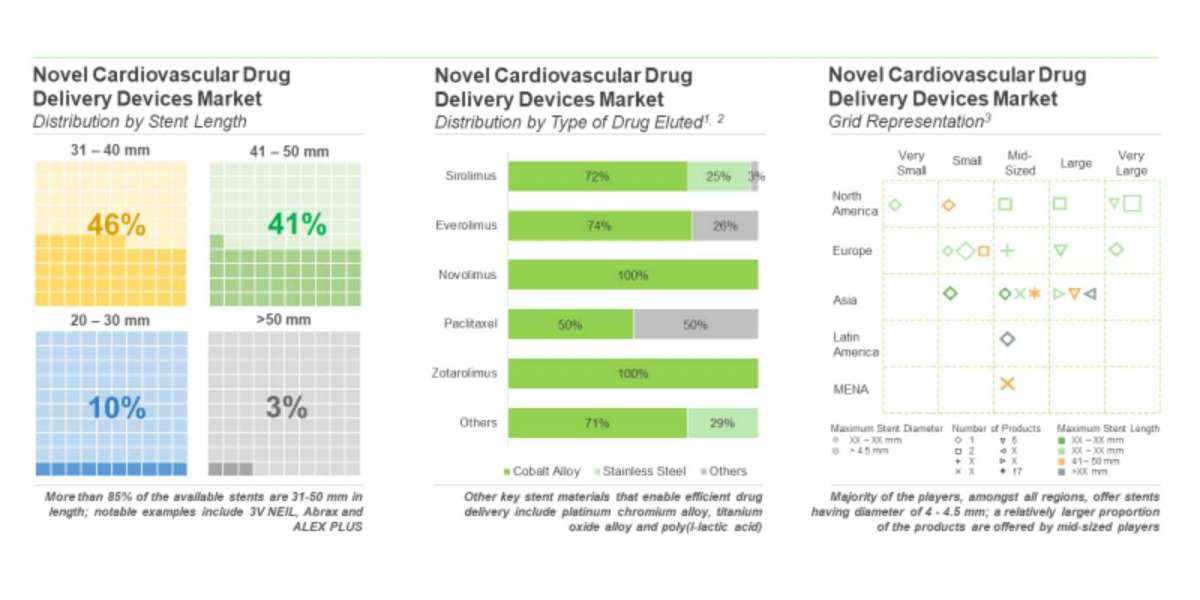Ports and harbors are vital hubs of global trade and commerce, serving as gateways for the exchange of goods and materials across the world. Ensuring the safety and efficiency of port operations is paramount, and this involves various elements, including the use of specialized equipment such as railroad rubber crossing pads and pier rubber fenders. In this article, we will delve into the applications of these crucial components around the port area.
Railroad Rubber Crossing Pads:
Railroad rubber crossing pads play a pivotal role in facilitating the smooth flow of cargo within the port. These durable rubber pads are strategically placed at rail crossings within the port to provide a stable surface for trains and other rail vehicles to traverse. Let's explore their key applications:
1. Safety Enhancement: Safety is a top priority in port operations. Rubber crossing pads ensure that rail vehicles can pass over tracks without derailments or accidents, reducing the risk of damage to both cargo and infrastructure.
2. Cargo Handling: Efficient cargo handling is essential for ports. The use of rubber crossing pads minimizes disruptions caused by train movements, allowing for a more streamlined loading and unloading process.
3. Durability: These pads are designed to withstand the harsh conditions of port environments, including exposure to heavy loads, extreme weather, and corrosive substances, ensuring their longevity.
Pier rubber fenders are another integral component of port infrastructure. These resilient buffers are installed along the sides of piers and docks to absorb the kinetic energy of vessels during berthing and mooring. Here are their main applications:
1. Vessel Protection: The primary role of pier rubber fenders is to protect both vessels and port infrastructure from damage during the docking and undocking processes. They act as a cushion, reducing the impact force between the ship and the pier.
2. Operational Continuity: Efficient berthing and mooring operations are essential to maintaining port productivity. Rubber fenders allow vessels to dock safely and securely, minimizing delays and disruptions.
3. Cost Savings: By preventing damage to vessels and piers, rubber fenders reduce repair and maintenance costs, making them a cost-effective investment for port authorities.
In conclusion, the applications of railroad rubber crossing pads and pier rubber fenders in and around ports are indispensable for enhancing safety, efficiency, and cost-effectiveness. Ports worldwide rely on these robust components to ensure the seamless flow of goods and the protection of valuable assets. As global trade continues to expand, the importance of these unassuming yet essential elements in port infrastructure cannot be overstated. Their presence enables ports to function as critical nodes in the global supply chain, fostering economic growth and facilitating international commerce.
Incorporating railroad rubber crossing pads and pier rubber fenders into port operations not only safeguards assets and improves efficiency but also underscores the commitment of port authorities to environmental sustainability. These rubber components help reduce noise pollution by dampening the sounds of rail crossings and vessel berthing, making ports more neighborly to surrounding communities. As ports evolve to meet the demands of the modern world, these unobtrusive yet essential elements play a crucial role in ensuring that ports remain safe, efficient, and environmentally responsible hubs of global trade.














